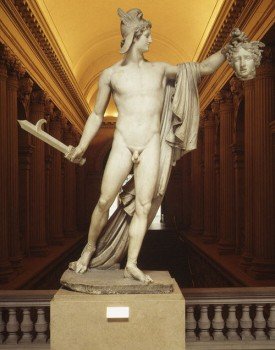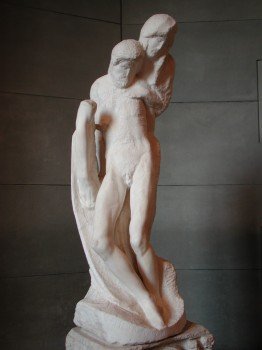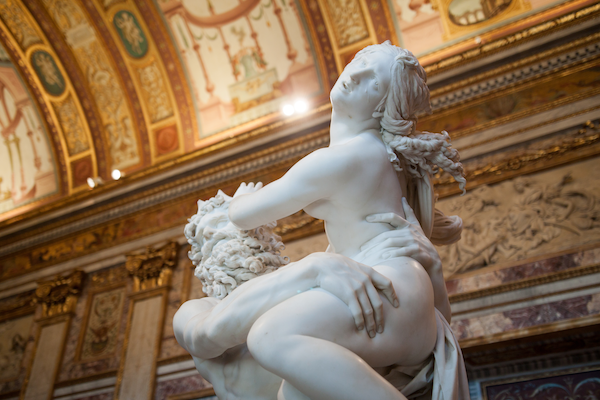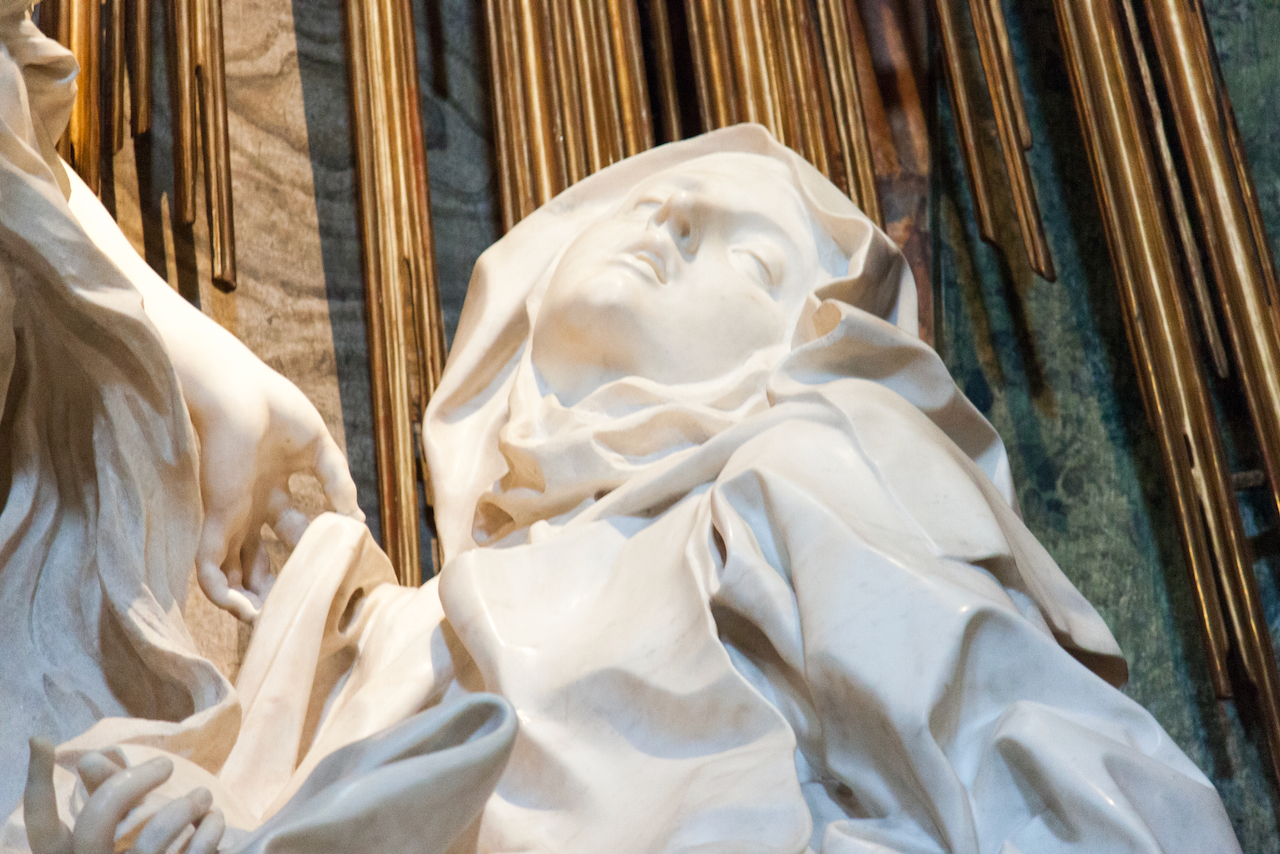Art / Sculptures
Although my experience with sculptures isn’t nearly as much as my experience with paintings, I have to admit that the process of starting with a block of stone and ending up with a meanigful three-dimensional item is not trivial. Especially if you consider that, unlike paintings, you can’t undo.
THE WINGED VICTORY OF SAMOTHRACE (~190BC)

Unknown Sculptor Louvre Museum, Paris, France
This statue shows the goddess of victory, Niki, coming down from the skies to greet the winners of a Greek naval battle. As she descends from the clouds, the wind is pushing her dress towards the back, revealing her body curves. The detail with which the cloth is sculpted is simply astounding. Especially around the stomach area, where you can see through the dress into the skin, you almost forget that this is carved on stone.
PERSEUS WITH THE HEAD OF MEDUSA (1804)

Antonio Canova Metropolitan Museum of Art, New York City, NY
This stupendus sculpture lies at the end of a long, dark corridor at the Met. It is positioned perfectly in the entrance of a doorway (not what is shown in the picture to the right), which frames the scene of Perseus right after he cuts the head of Medusa (with snakes instead of hair in her head).
RONDANINI PIETA (1864)

Michelangelo Castello Sforzesco, Milan, Italy
This lesser-known work of Michelangelo is also his last, which explaing why it is unfinished. It provides a unique opportunity to look at how the great sculptor carved his statues. In this work Jesus carries the body of his mother on his back. While the legs are finished, the top part of the statue is not smoothed, not the final details shown.
DAVID (1504)

Michelangelo Galleria dell’Accademia, Florence, Italy
This is a €12-entrance museum that basically boasts nothing else other than the most famous sculpture in the world. This larger than life depiction of David before(?) his battle with Goliath is the first time that human anatomy was shown in perfection on stone. You only stare at the veins and the muscles of David in awe as you circle around the statue, with a face that seems boyish when you look from one side but scarily masculine when you switch to the other side.
THE RAPE OF PROSERPINA / RATTO DI PROSERPINA (1622)

Gian Lorenzo Bernini Galleria Borghese, Rome, Italy
Bernini outdid himself in this case, especially when you notice the hand of Pluto deep into Proserpina’s leg, as if it’s real soft tissue. It is located in Villa Borghese, which may just be the finest density of fine sculptures in the world.
